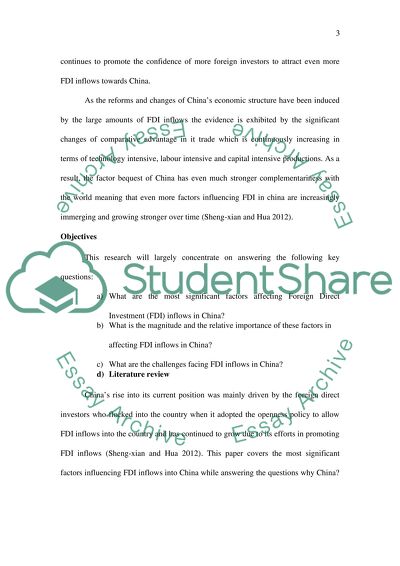Cite this document
(“What are the most significant factors affecting Foreign Direct Essay”, n.d.)
Retrieved from https://studentshare.org/macro-microeconomics/1673246-what-are-the-most-significant-factors-affecting-foreign-direct-investment-in-china
Retrieved from https://studentshare.org/macro-microeconomics/1673246-what-are-the-most-significant-factors-affecting-foreign-direct-investment-in-china
(What Are the Most Significant Factors Affecting Foreign Direct Essay)
https://studentshare.org/macro-microeconomics/1673246-what-are-the-most-significant-factors-affecting-foreign-direct-investment-in-china.
https://studentshare.org/macro-microeconomics/1673246-what-are-the-most-significant-factors-affecting-foreign-direct-investment-in-china.
“What Are the Most Significant Factors Affecting Foreign Direct Essay”, n.d. https://studentshare.org/macro-microeconomics/1673246-what-are-the-most-significant-factors-affecting-foreign-direct-investment-in-china.


